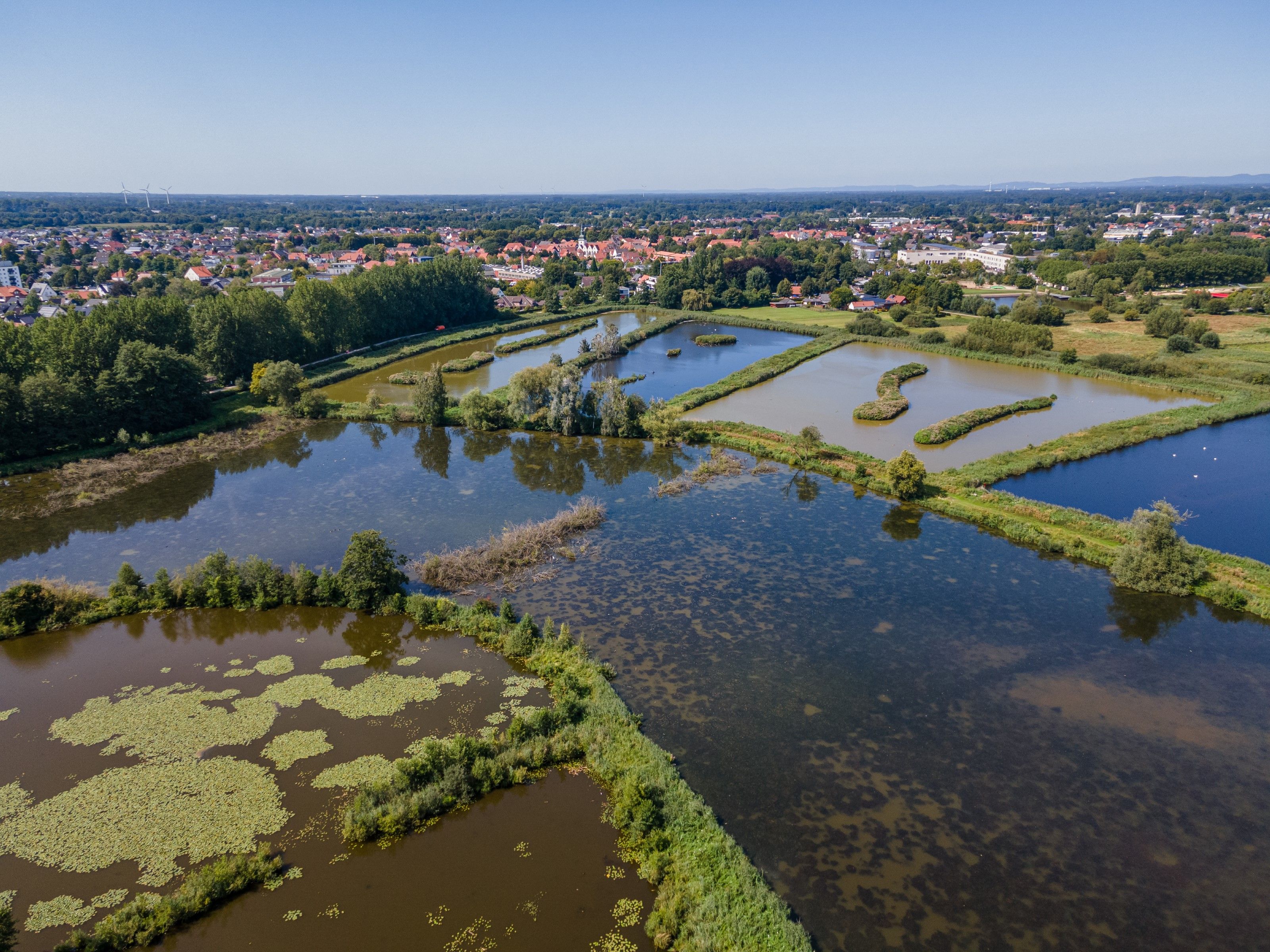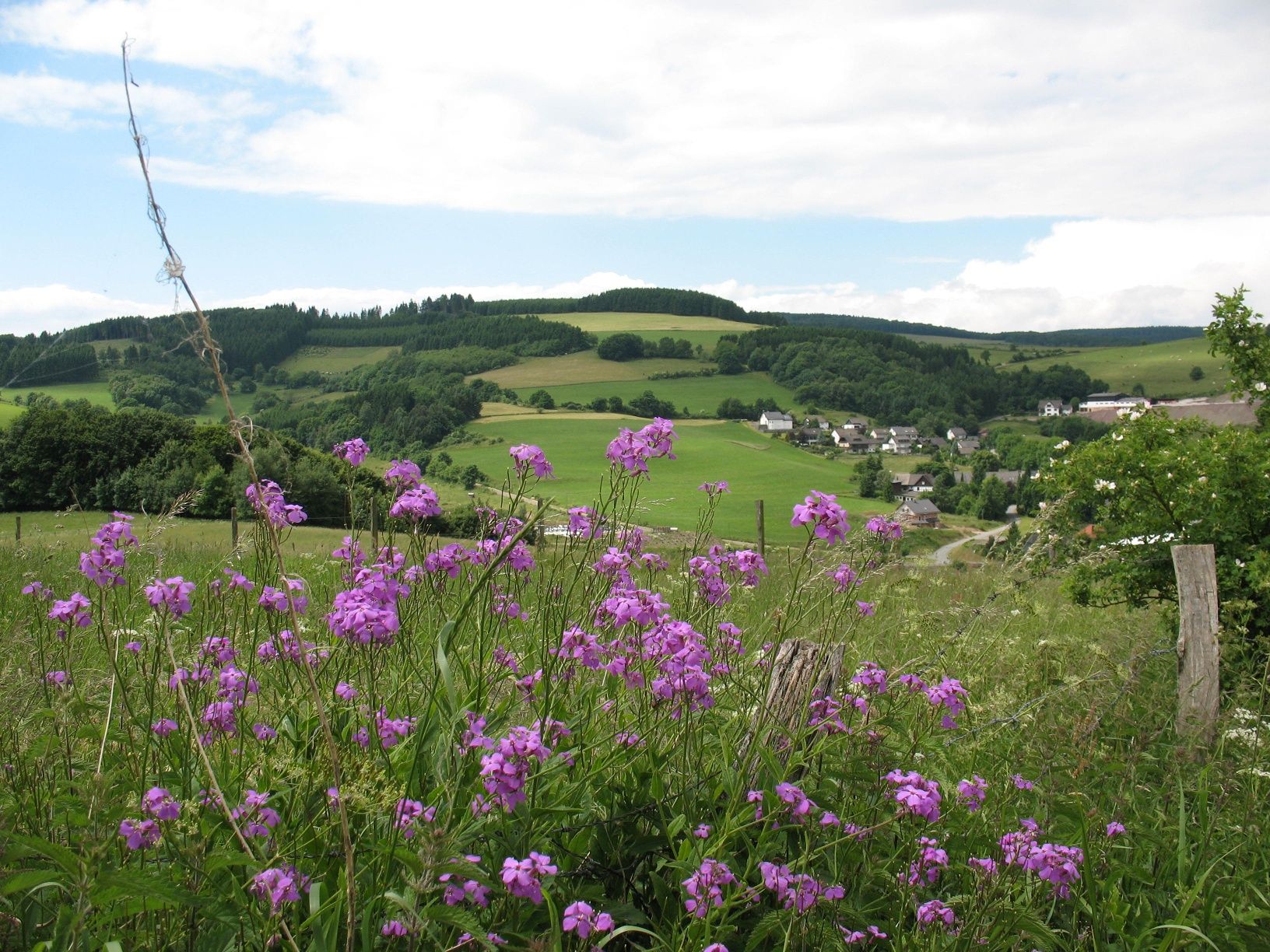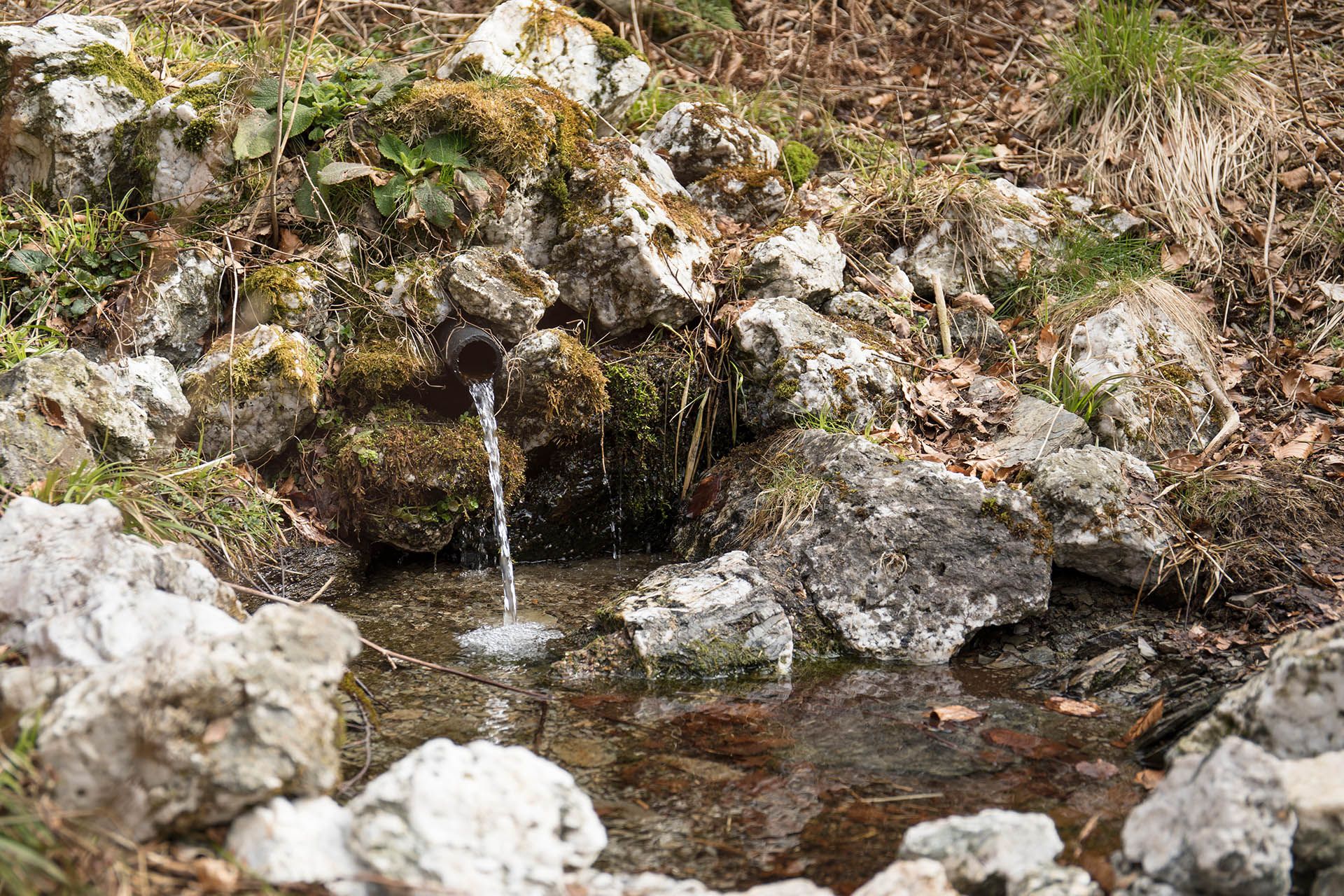The Ems only becomes passable for ships from the second half of the river. Cyclists, on the other hand, can follow the course of the river over a distance of around 380 km (189 km in North Rhine-Westphalia) on quiet, asphalted paths from the source to the estuary. From your bike, you can experience how the Ems grows from a narrow river to a stately stream on its way to the North Sea.
With virtually no inclines, the river cycle path leads you away from busy roads through idyllic landscapes along the water, but also into the historic towns to the left and right of the Ems. The route is therefore suitable for cyclists with sporting ambitions as well as leisure cyclists and families with children.
Always along the Ems
The route starts at the source town of Hövelhof at the foot of the Teutoburg Forest through the Paderborn and Gütersloh countryside. The sand dunes, pine forests and wet meadows characterize the landscape along the upper reaches, as do the historic towns and quaint half-timbered houses.
Along the picturesque Ems floodplains, the route leads through the park landscape of the Münsterland with its many moated castles. The equestrian town of Warendorf with the NRW state stud farm and the pilgrimage town of Telgte are on the way. A detour to Münster, the city of the Peace of Westphalia, promises a varied cultural and historical program. Along the way, lookout towers, footbridges and information boards inspire new views.
The Ems finally reaches the green expanse of the Emsland, a region that combines nature and shipping tradition. Things get really maritime in East Frisia. Here, cyclists can already get a glimpse of the sea and almost smell the rough, salty sea air. Ports, locks and weirs can be found here, and from Papenburg, impressive cruise ships leave the Meyer Werft shipyard for the world's oceans. At Emden, the river finally flows into the Dollart and the North Sea - the crowning glory of a journey along and with the idyllic Ems.




